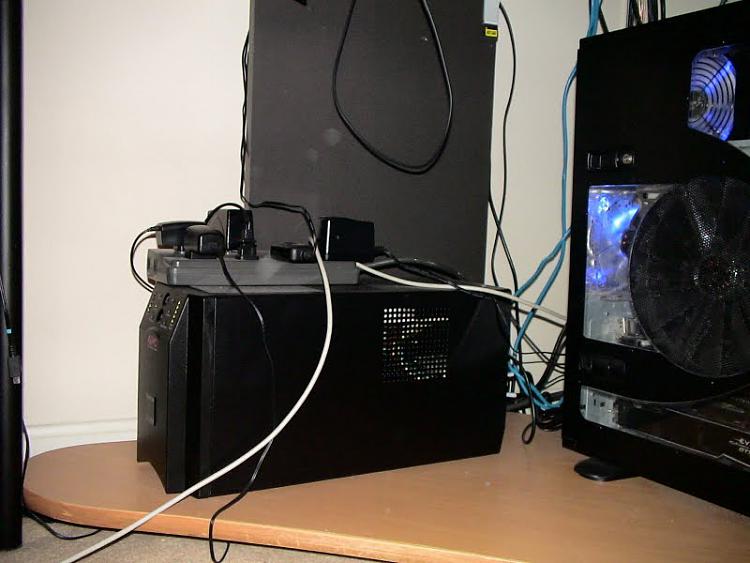New
#1
Can't save images (or files in general) to sub-folders
This is the closest I could find as far as a relevant forum section for this problem.
The sub-folders within my "My Pictures" folder won't let me save directly to them. For example, I would just save an image from the internet directly to a specific folder for organizational reasons, but it says "access denied". BUT when I try to save it to "My Pictures" it works just fine! And then I have to move it later to the folder I wanted it in originally.
I tried going to the main Pictures folder and un-checking the "Read Only" box (which was checked for some reason), but that didn't work (included all sub folders). I also tried to doing that directly to a folder I wanted to save to, no luck.
EDIT: I also seem to just not be able to do much of any basic things with the images inside of "My Pictures", including just a simple rotation! This seems like a real issue.
Last edited by TheColdOne; 19 Sep 2009 at 00:45.


 Quote
Quote

